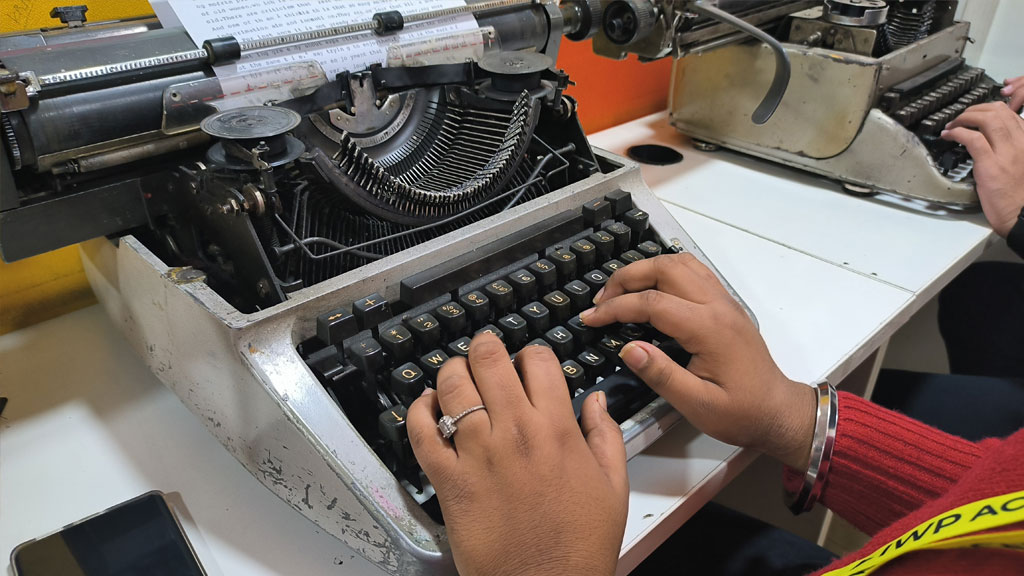Introduction:
In a fast-paced world where information is king, the ability to capture spoken words swiftly and accurately is a valuable skill. Enter the realm of stenography, a discipline that not only unlocks the secrets of rapid note-taking but also opens doors to diverse career opportunities. In this blog post, we’ll explore the fascinating world of stenography courses, shedding light on what they entail, the essential skills they impart, and the exciting avenues they pave for future professionals.
- The Art of Stenography:
Stenography is the art of writing in shorthand, a skill that finds applications in various fields such as court reporting, transcription services, and live event captioning. Stenography courses are meticulously designed to equip individuals with the proficiency needed to transcribe spoken words at remarkable speeds.
- Learning the Steno Machine:
At the heart of stenography is the steno machine, a specialized keyboard with fewer keys than a standard keyboard. Stenography courses guide students through the process of learning this unique device, teaching them to press multiple keys simultaneously to represent sounds, words, or phrases in a condensed form.
- Speed Building Techniques:
The hallmark of a proficient stenographer is speed. Stenography courses employ various techniques to build students’ speed, accuracy, and consistency. From daily drills to timed exercises, students gradually develop the muscle memory required to navigate the steno machine with precision.
- Legal and Medical Terminology:
Many stenography courses, especially those geared towards court reporting or medical transcription, include modules on legal and medical terminology. Students become adept at recognizing and transcribing specialized vocabulary, ensuring accuracy in their transcripts within these specific fields.
- Real-time Transcription:
An exciting facet of stenography courses is the emphasis on real-time transcription. Students practice transcribing spoken words as they are being spoken, preparing them for careers in live captioning for television broadcasts, events, or courtroom proceedings.
- Grammar and Punctuation:
While speed is crucial, accuracy is paramount. Stenography courses pay close attention to grammar and punctuation rules to ensure that transcriptions are not only fast but also precise and grammatically correct.
- Technology Integration:
As technology continues to advance, stenography courses adapt by incorporating training on modern stenographic software and voice recognition tools. This ensures that graduates are not only skilled in traditional stenography but are also equipped to leverage the latest technological advancements in the field.
- Career Opportunities:
Upon completing a stenography course, a myriad of career paths open up. Graduates can pursue careers as court reporters, closed captioners, transcriptionists, or even freelancers offering transcription services for various industries. The demand for skilled stenographers is diverse and ever-present.
Conclusion:
Embarking on a stenography course is not just about learning a skill; it’s about entering a dynamic field with abundant opportunities. Whether you aspire to be the silent guardian in courtrooms or the behind-the-scenes hero in live event captioning, stenography courses provide the essential tools to turn your passion for capturing spoken words into a successful and fulfilling career. Get ready to take shorthand to new heights and embark on a journey where every word counts!

